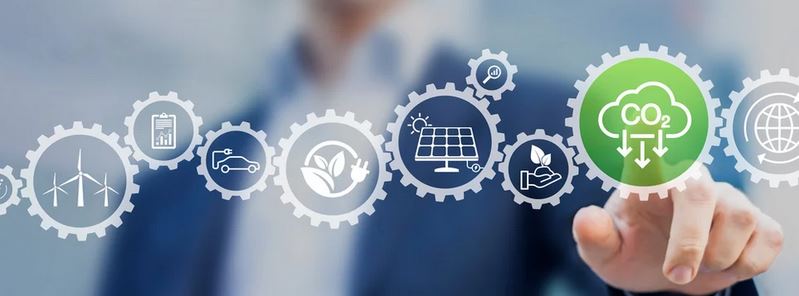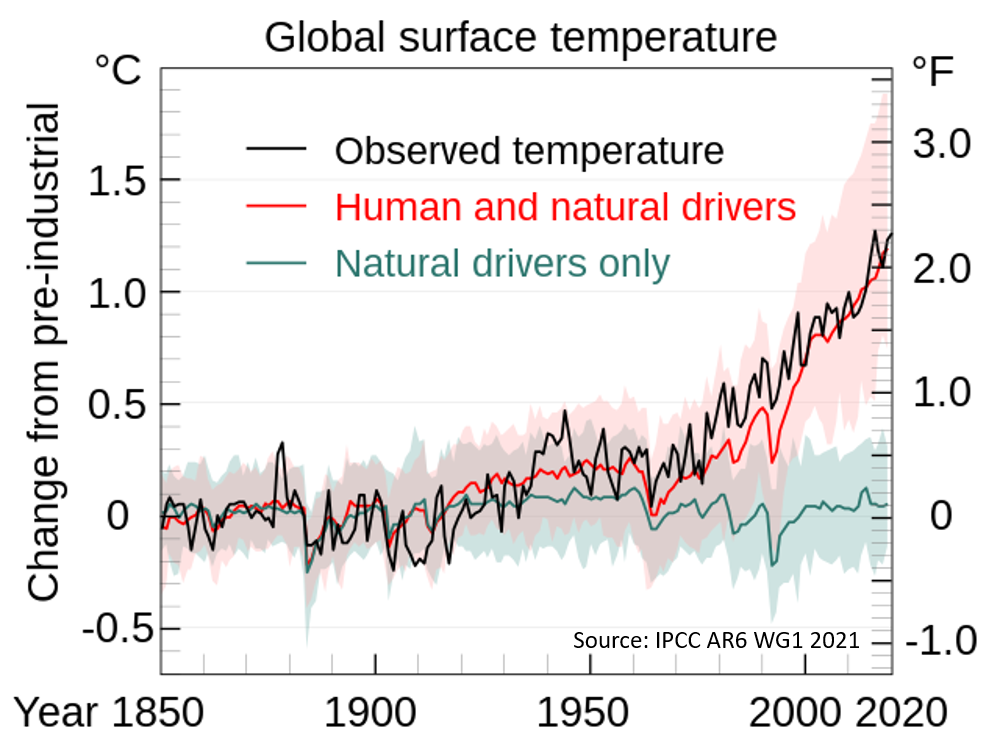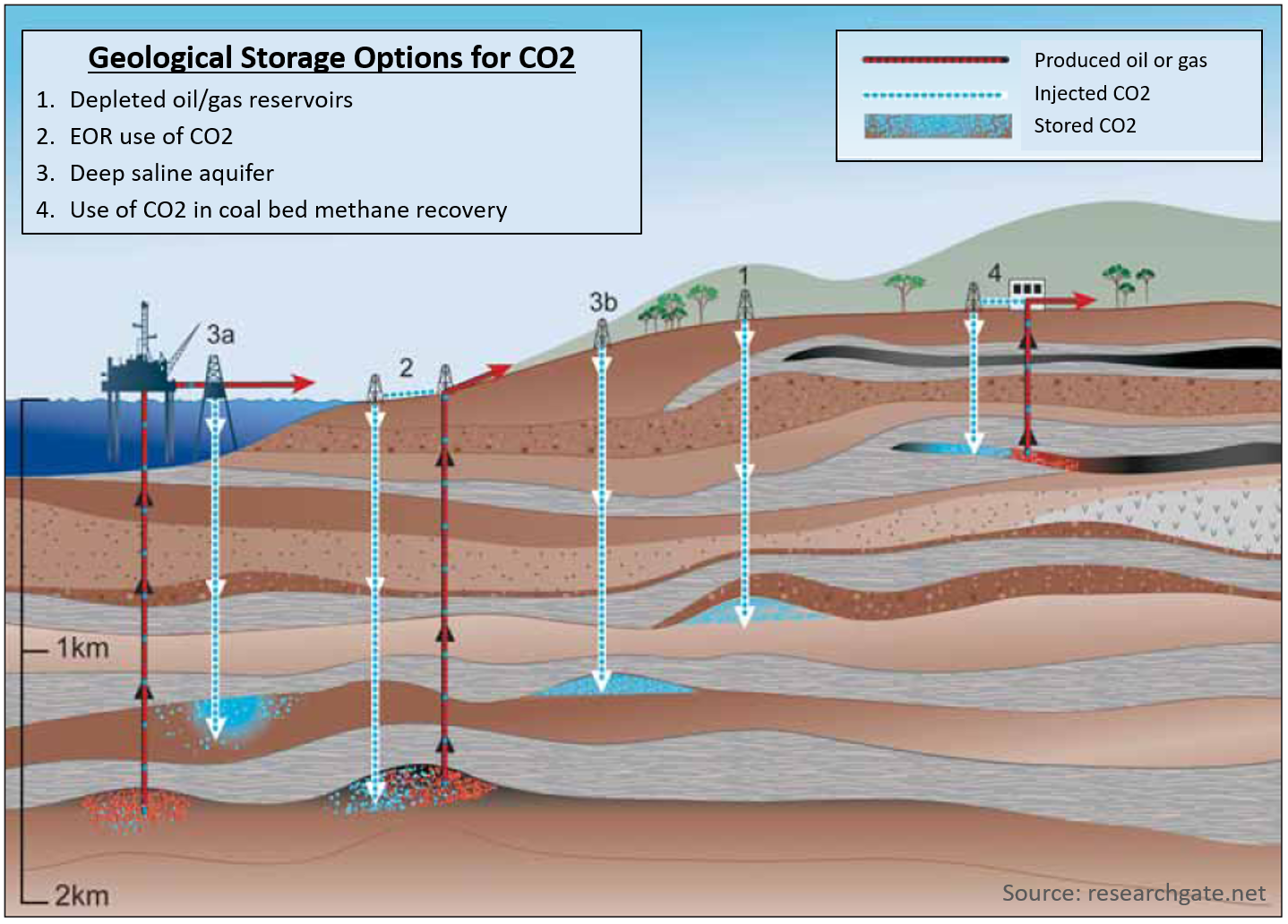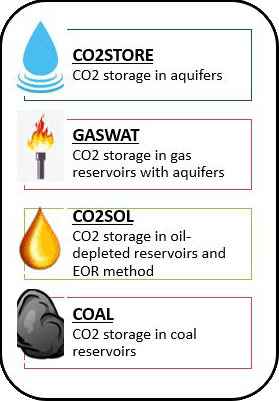

Climate change as observed by the contemporary global warming and its impacts on Earth's weather patterns is caused by emission of greenhouse gases (GHG), mostly carbon dioxide (CO2) and methane (CH4). Burning fossil fuels for energy use creates most of these emissions, but also by agriculture, steelmaking, cement production, forest loss and volcanic activities are additional sources. Accelerated by dramatically risen carbon emissions over the past several decades it’s crucial to deploy as many clean energy sources, e.g. H2, and technologies as possible to avoid the worst of climate change. To tackle the human factor that’s where Carbon Capture and Storage/Sequestration (CCS) comes in. This technology allows to separate carbon dioxide from produced emissions before released into the atmosphere, providing a long-term solution to protect our atmosphere from an excess of carbon dioxide and hence, mitigating the effects of climate change.
How does it work?
CCS generally takes place at large stationary sources of CO2, like power or industrial plants and factories. Most current carbon capture projects use a liquid to chemically CO2 removal before going out the smokestack and several new types of capture processes are under development. The captured CO2 gas is then compressed and hence, becomes liquid-like to be pumped and transported to a storage site by pipeline or shipping. Once arrived at the storage site, the liquified CO2 is pumped down into geological formations like depleted oil and gas reservoirs, as well as formations that contain unusable, salty water at depth more than 2,500 feet below subsurface.
Utilizing CO2
CCS is sometimes referred to as CCUS, where the “U” stands for utilization. Enhanced Oil Recovery (EOR) is the major use of CO2 today, where CO2 is injected into producing oil reservoirs with the effect of decreasing the oil viscosity and increasing oil recovery respectively. Furthermore, CO2 is utilized making chemicals or fuels, but these processes require huge amounts of carbon-free energy being discussed collectively as future carbon capture and utilization (CCU) projects to increase economic sense.
PETRONATE Services
CCS Modeling
Depending on the CCS objectives and project targets the CO2 is either stored in deep geological formations, saline aquifers or in depleted oil/gas fields. State-of-the-art reservoir simulators have been deployed to control the CO2 injection and predict reservoir pressures as well as chemical effects like carbonization for the long-term storage over centuries or millennia. Geomechanics play an important role managing caprock and well integrity safeguarding the submarine or underground storage security to monitor and mitigate the residual risk of some CO2 might leak back into the atmosphere.
Contact us to achieve your ZERO target and make your business CO2 sustainable!

